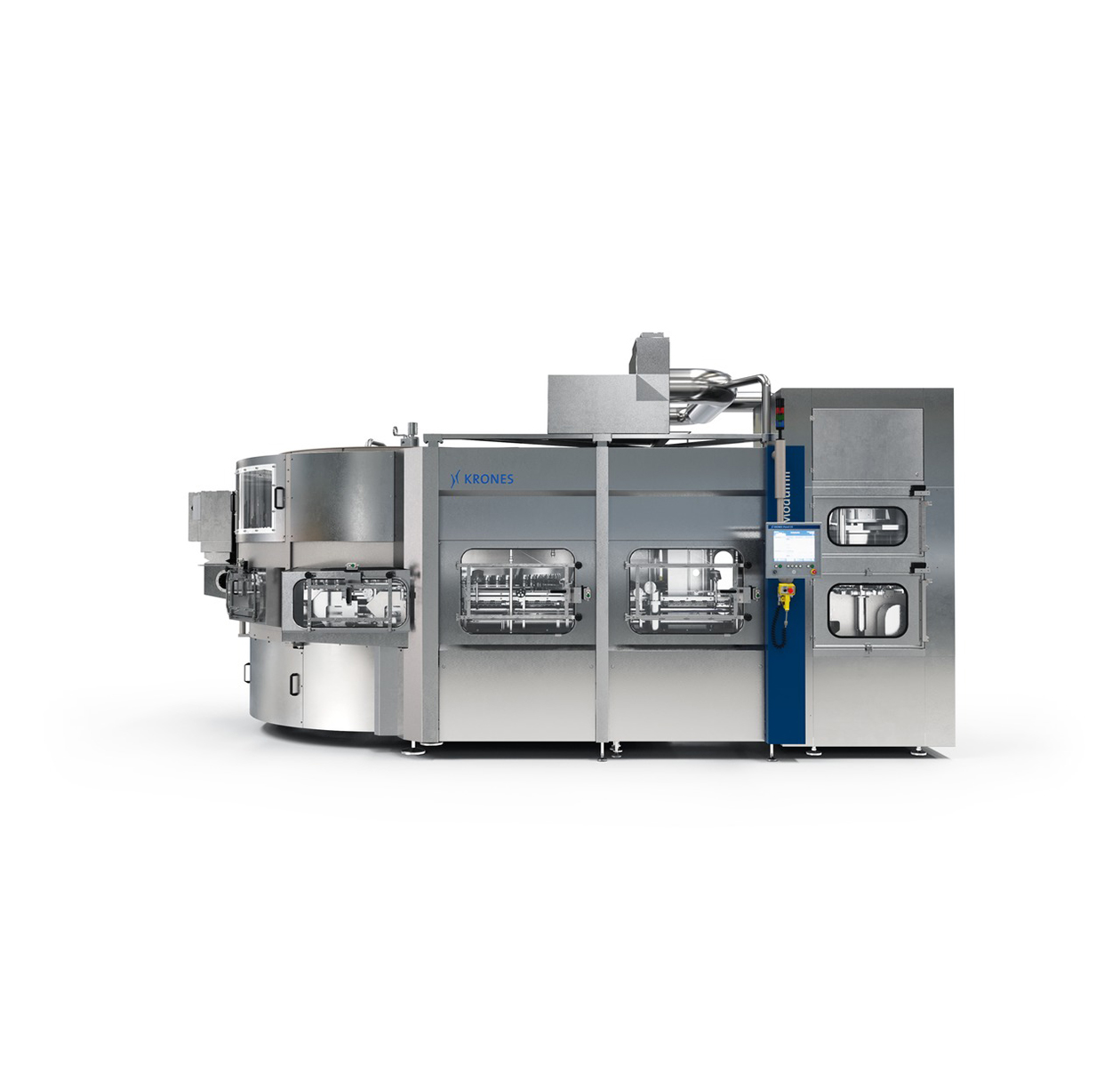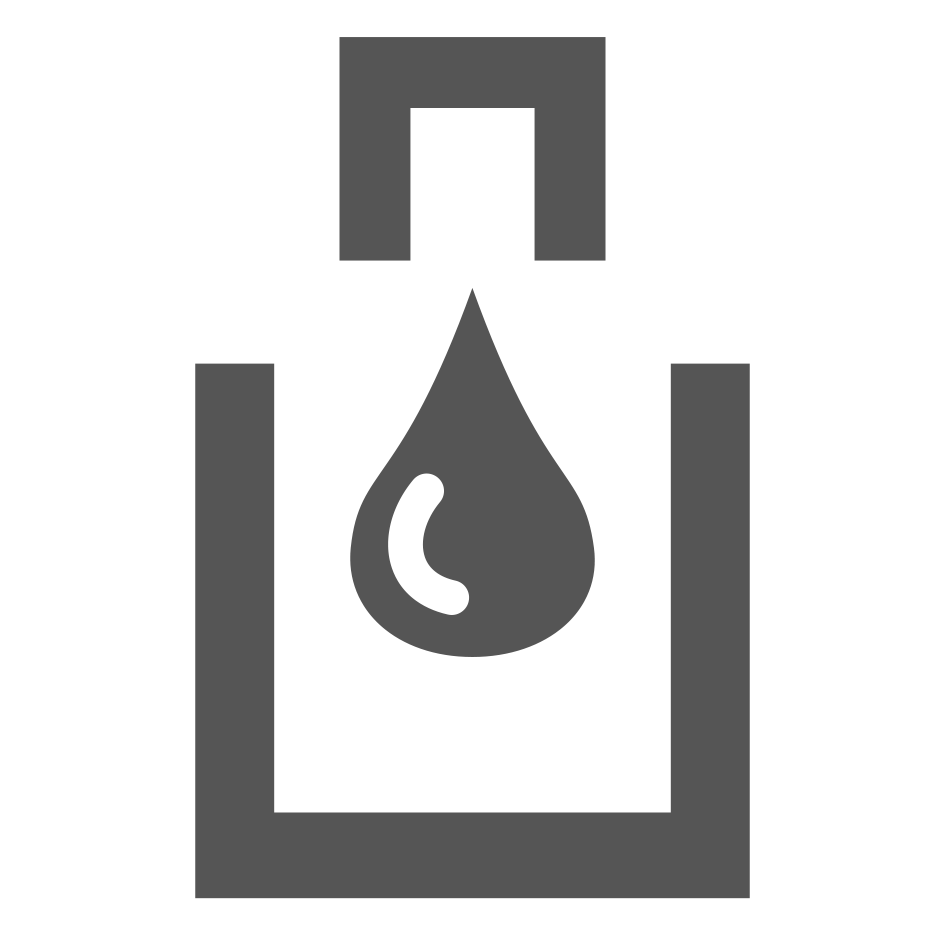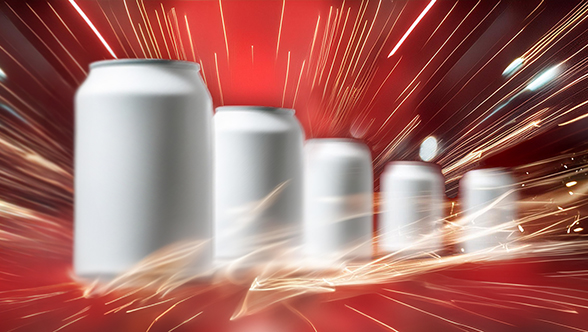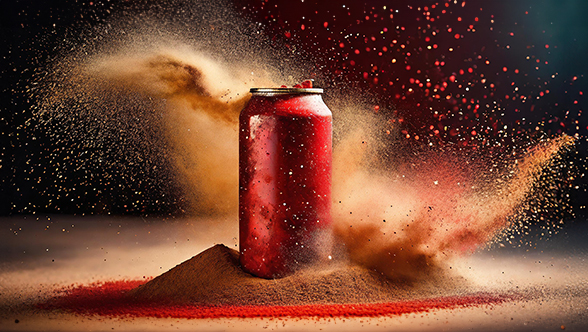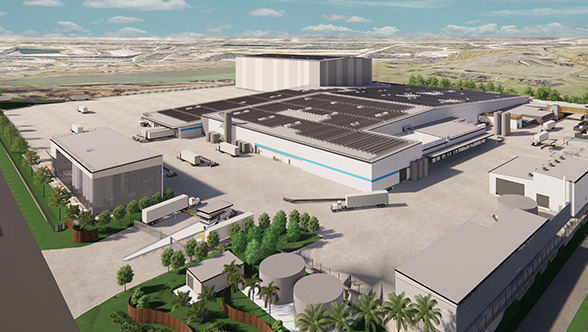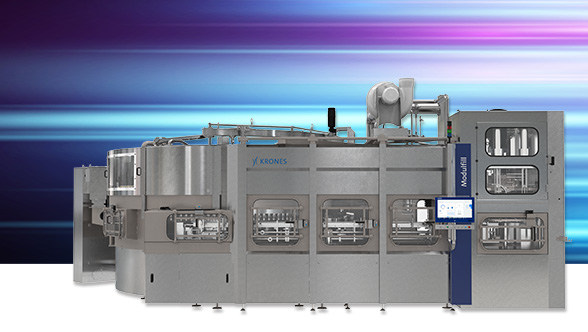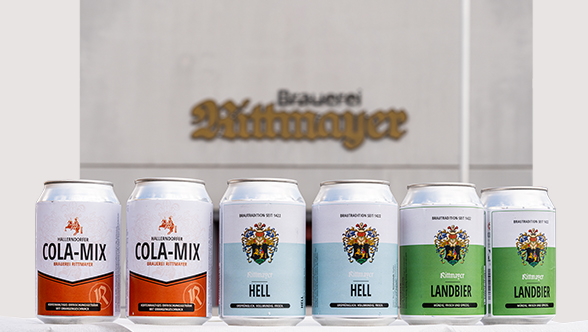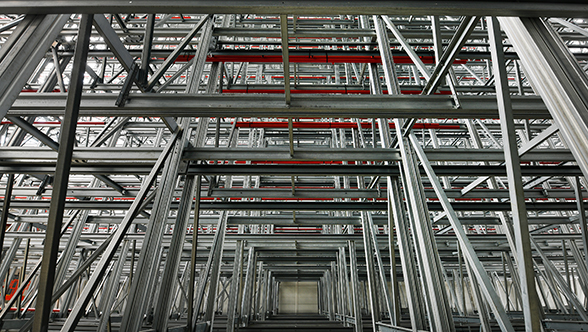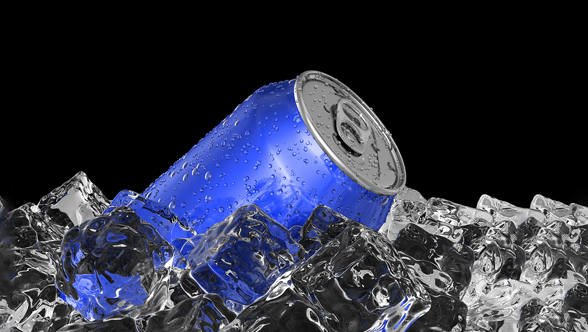A definite hygiene-boosting plus
Its enclosed construction, in conjunction with the integrated ventilation system, enables an overpressure to be generated inside the filler and to be maintained throughout, thanks to appropriate sealing. This prevents the production hall’s ambient air from penetrating into the direct filling zone and thus coming into contact with the product.
Smaller footprint
Compared to a system erected with conventional free-standing machine guarding, the footprint is reduced by 35 per cent. What’s more, an installed height of 3.5 metres can be achieved with the new concept.
Minimised filling and closing zone
The new hygiene concept minimises not only the space actually required in the hall, but also the sensitive filling and closing zone. Whereas this latter comprises roughly 80 cubic metres for a filler with a large cleanroom roof, it now comes to a mere eight cubic metres, thus substantially reducing both the air volume involved and concomitantly the number of filters required, too.
Improved cleaning routine
Since the new hygienic design features an enclosed can treatment zone, it will in future be possible to clean the filler’s exterior and its interior in parallel – using a closed-cycle cleaning system that covers the treatment zone, the filling valves and the additional piping. This means
- shorter cleaning times, something which given a corresponding production schedule enables production to be run about one hour longer each day,
- a reduction in the quantities and variety of cleaning media required since CIP and COP procedures are performed using the same medium,
- caustic and acid can be used instead of foam, and
- CIP cups are no longer needed.

